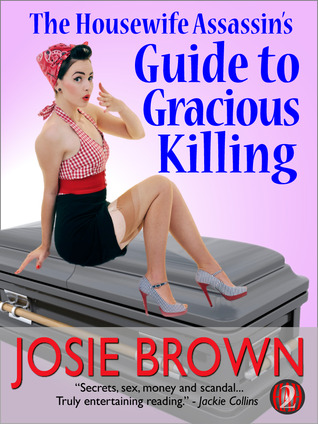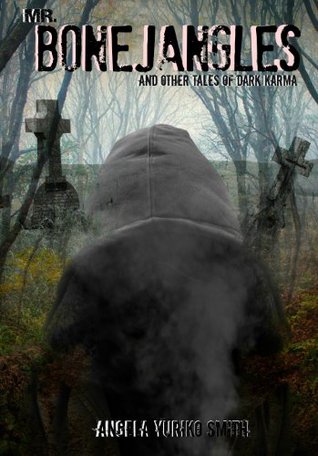What a journey—from the days of wondering if I could or should write at all, to the days of first self-publishing, to re-working and re-publishing my first book. One certainly does live and learn . . . .
With my edits complete and while my cover was in the works, it was time to format my manuscript for publication. Initially I thought I would do the e-book myself since for the most part, that seems quite straightforward. The print version was another matter, as I wanted to include features that I did not know how to do. Further, I knew that all the issues about margin size and so forth would send my mind reeling and the truth is that I didn’t have time to try to figure out all of those things and then possibly still get them wrong. So I decided I would engage the services of a specialist.
Enter Amy Eye from www.theeyesforediting.com. I do not recall how or where I first happened across Amy’s site, but when I did, I took a look at some of her work. I liked what I saw, so I contacted Amy to inquire as to whether she was taking on projects, how long it would take to prepare a work, her pricing and etc.
Amy ran through a list of details she would attend to and decisions I needed to make. We spent over an hour on the phone working out some of the finer details. To give you a good idea of where this all went, I thought I would interview Amy and share her words of wisdom with you.
Thank you, Amy, for joining me. I thought we would begin with a conversation about your experience to date. How long have you been in the business of book formatting and approximately how many books do you think you’ve formatted for publication?
I have been formatting books for print and eBook publication for three years now. According to my files in the last two years, I have formatted 219 books for eBook and 107 for print. It’s hard to believe I have done that many! :)
The best advice I can give is for the author to start off by looking at some traditionally published books. What do they look like? What are some things they like and dislike about books they have seen in print? In eBook? This will help give the author an idea on what she would like to see in her book.
When someone is interested in hiring a formatter, he should make sure the formatter can give some examples of books she has formatted so the author can get a good idea of what the formatter is capable of doing and if those works are of the quality he is expecting.
If an author chooses to format herself, she should be sure she understands all of the standards of the places she is publishing through. For instance, CreateSpace has one set of guidelines for print books while Lightning Source has another.
What are the most important things an author can share with you that will help you to format the most appropriate, powerful and eye-catching finished product?
One thing I like to know before formatting a book is the overall tone of the book along with the genre. We can have a fantasy book, but it could be a darker fantasy, a more romance-style fantasy, or an epic fantasy. If we have a dark fantasy for instance, the overall feel will be different than one set in Tinkerbell land. :)
The author wants his book to be eye-catching, but that doesn’t mean we have to bombard the pages with flourishes that can be more distracting than helpful in setting the mood. We want to create something pleasing without being overbearing. That will depend a lot on the style of book we have as well. Fantasy and sci-fi have an opportunity to go a little more over-the-top should the author choose to do so, but he wouldn’t want something quite so elaborate if his book was a self-help guide.
I can see what you mean. Can you describe the formatting process in general? What role does the author play in making decisions throughout?
I can’t speak for all formatters as I’m sure they all have different processes, but mine is fairly straightforward. Once we get into the design process of creating the eBook and the print, I send off a list of questions everyone can see on my website, but I will also email this list to the author. It covers everything from the trim size to the font used for the manuscript. I also show the author a list of the most-commonly used fonts for printed books.
But I will discuss with the author what she wants to see in her book from the headings at the top of the page to the way the chapters will start. The author has ultimate control when designing the book if she chooses to do so. However, I have done several where the authors have simply asked me to create a book I felt would look best for their genre and material and I am more than happy to do that as well.
There are times authors have told me what they want, and I will give my professional opinion on whether I believe it will work or not, but the final decision ultimately lies in the hands of the author.
The biggest issue we want to take into account when we are formatting a print book is the word count. When formatting a book, we want something that is comfortable to hold as well as being an attractive piece of literature. But one thing many authors don’t think about until after the process is over is the cost of the book to readers. Longer books cost readers more. We want to keep the page count down so the author can sell the work for less while still making a profit. I don’t know about you, but unless it’s got a solid gold cover, I don’t want to buy a paperback that cost $25. :)
Most of the other issues taken into consideration are those I mentioned before. What types of embellishments does the author want on the inside of the book? Are they appropriate for the type of story she has written? Where does she want her chapters to start? The font of your chapters… Things of that nature.
What is your favorite ever book that you formatted in terms of how it looked when it was all set to go to print?
Well, of course I loved Oathtaker and how it looked when it was all finished. It was simply beautiful. Another I enjoyed was Dragon Mound by Richard Knaak – it was a fun book to put together.
(I’m horrible – I can’t just pick one!) Two of my other favorites were Mr. Bonejangles and Other Tales of Dark Karma by Angela Yuriko Smith and M-Day by D.T. Dyllin.
I know with my project we had a couple of issues come up along the way. We worked them out smoothly. But I wonder, have you any formatting nightmares you would like to share? How about stories of your most notable formatting successes?
The biggest nightmares when it comes to formatting is when we find little “gems” hidden in the background that don’t show up when doing the original formatting, only for them to pop up when you see the book on the eReading device. I have had several that I was looking through before sending it back to the author where I have seen some of the darndest things. LOL!
For instance, just recently, I was formatting a book for Stacey O’Neale – her novella The Shadow Prince – and for some reason, there were question marks instead of quotations! Imagine my confusion since NONE of those were there in the formatting.
It took a little bit of time, but I finally figured out the problem and was able to correct it, but that is just one of the many fun challenges I have dealt with while doing the eBook formatting. But, I look at it as a learning experience, so next time it happens (hopefully NEVER…) I know exactly what to look for! And I would say all of the books I have done have been a success in one way or another. Each book is a way to work my creativity and learn something new. I love being the hand that helps create the atmosphere the readers immerse themselves in.
Thank you, Amy!
Thank you so much for having me on your blog today. It has been a pleasure getting to spend time with you here!
I want to mention to readers that in addition to formatting, Amy also does editing work. I hope you will consider her with your next project. I was so pleased to work with her. She was thorough, quick, accommodating and responsive!
Well, there you have it: my re-publication journey. Thank you so much for joining me. I hope you found some useful information and resources for use with your own projects.











